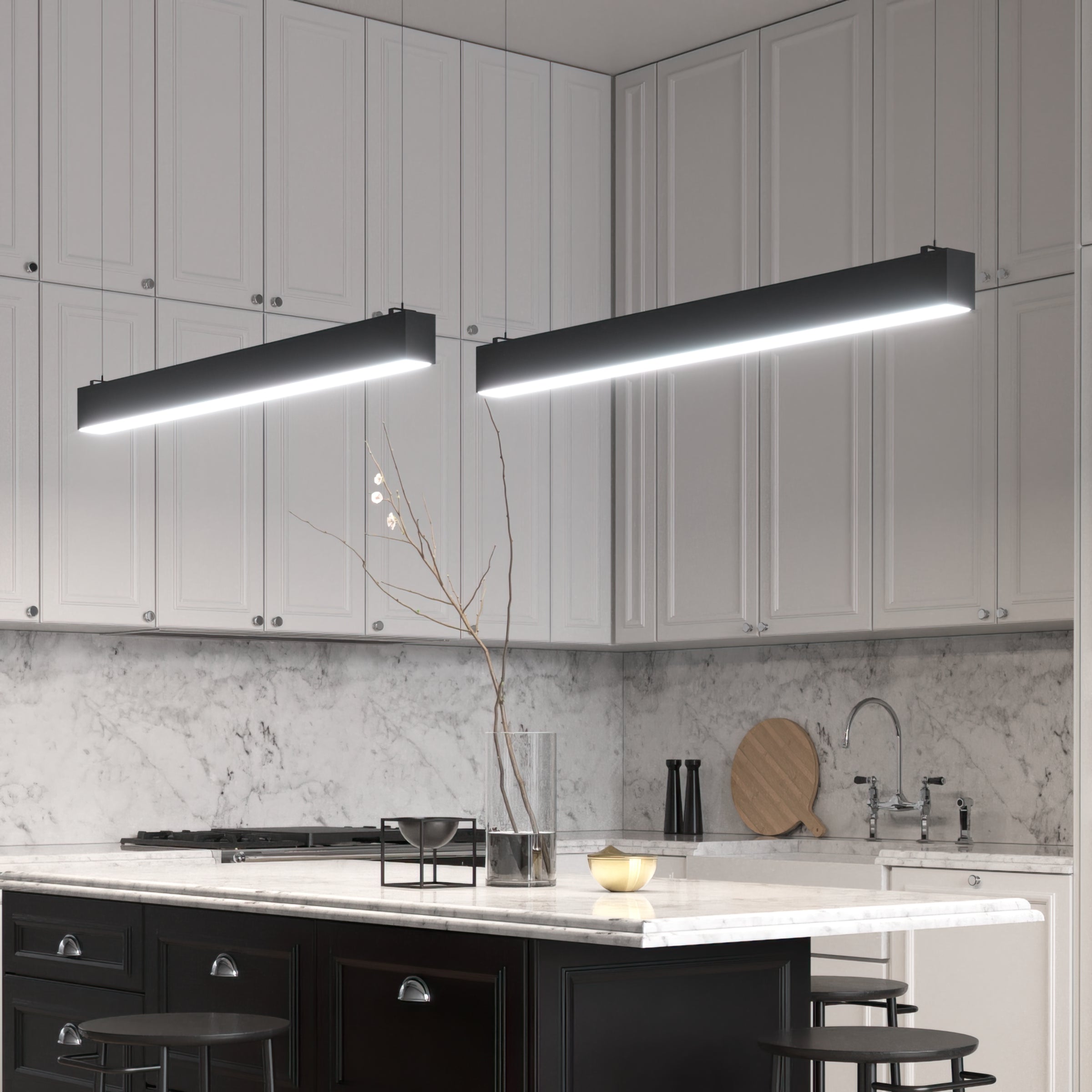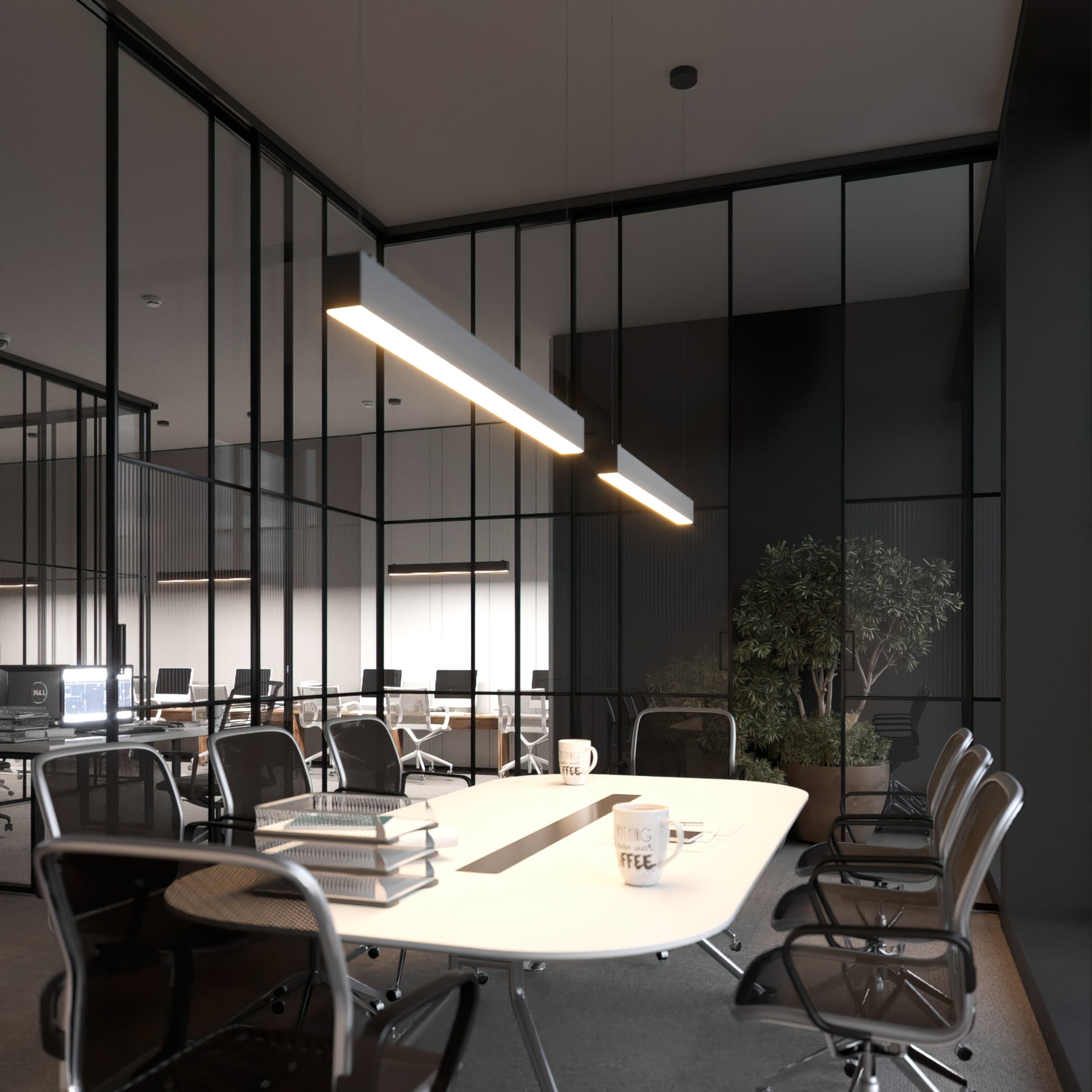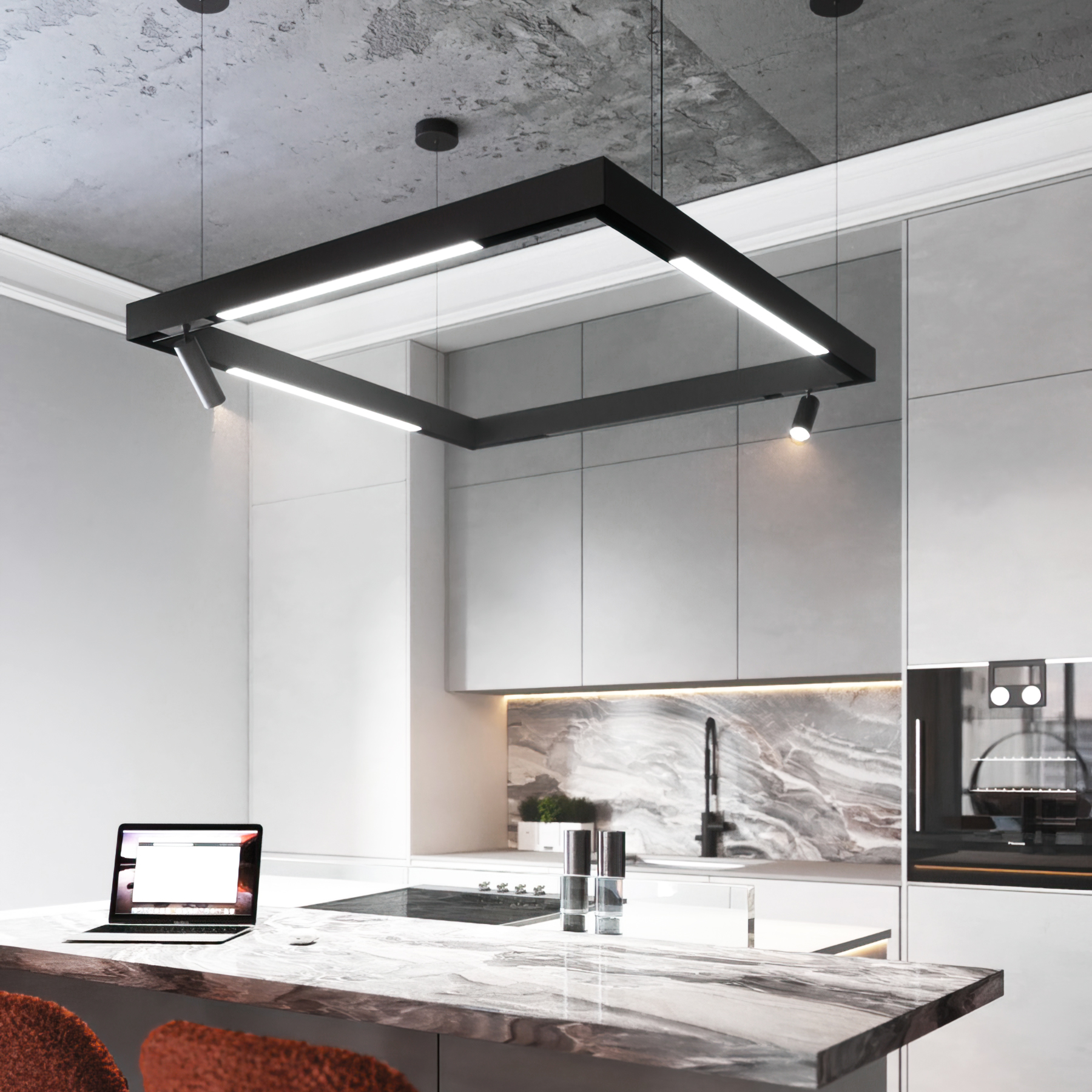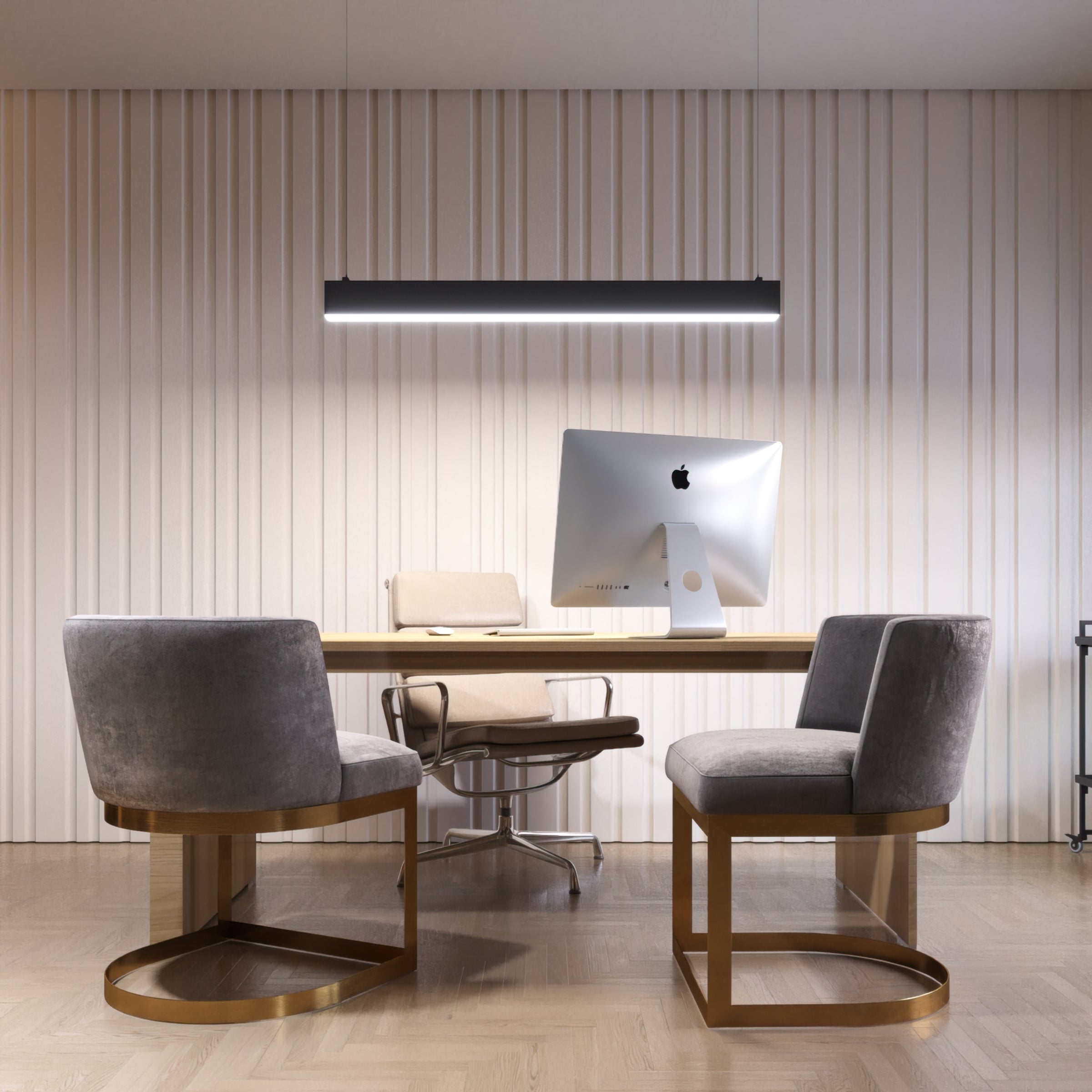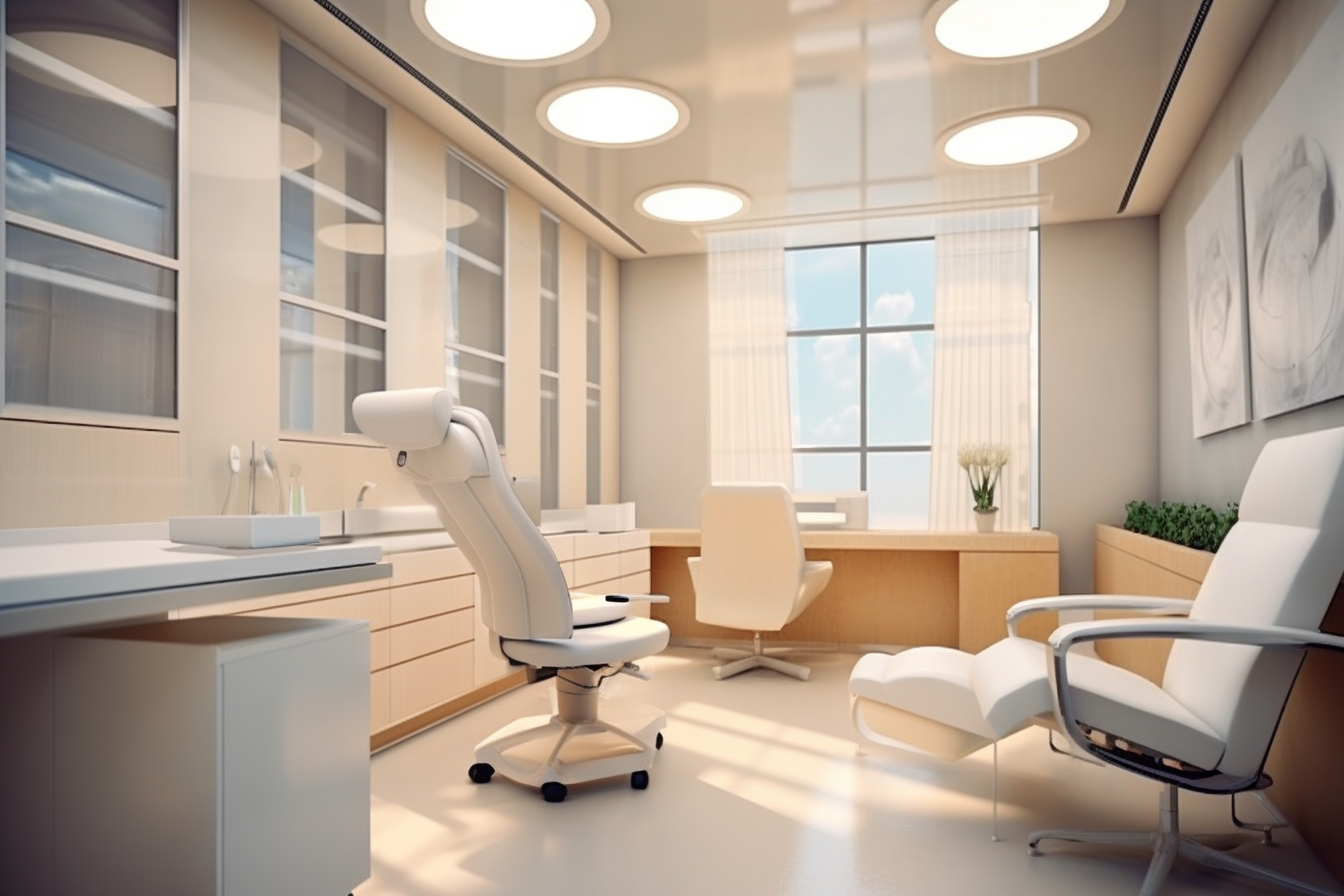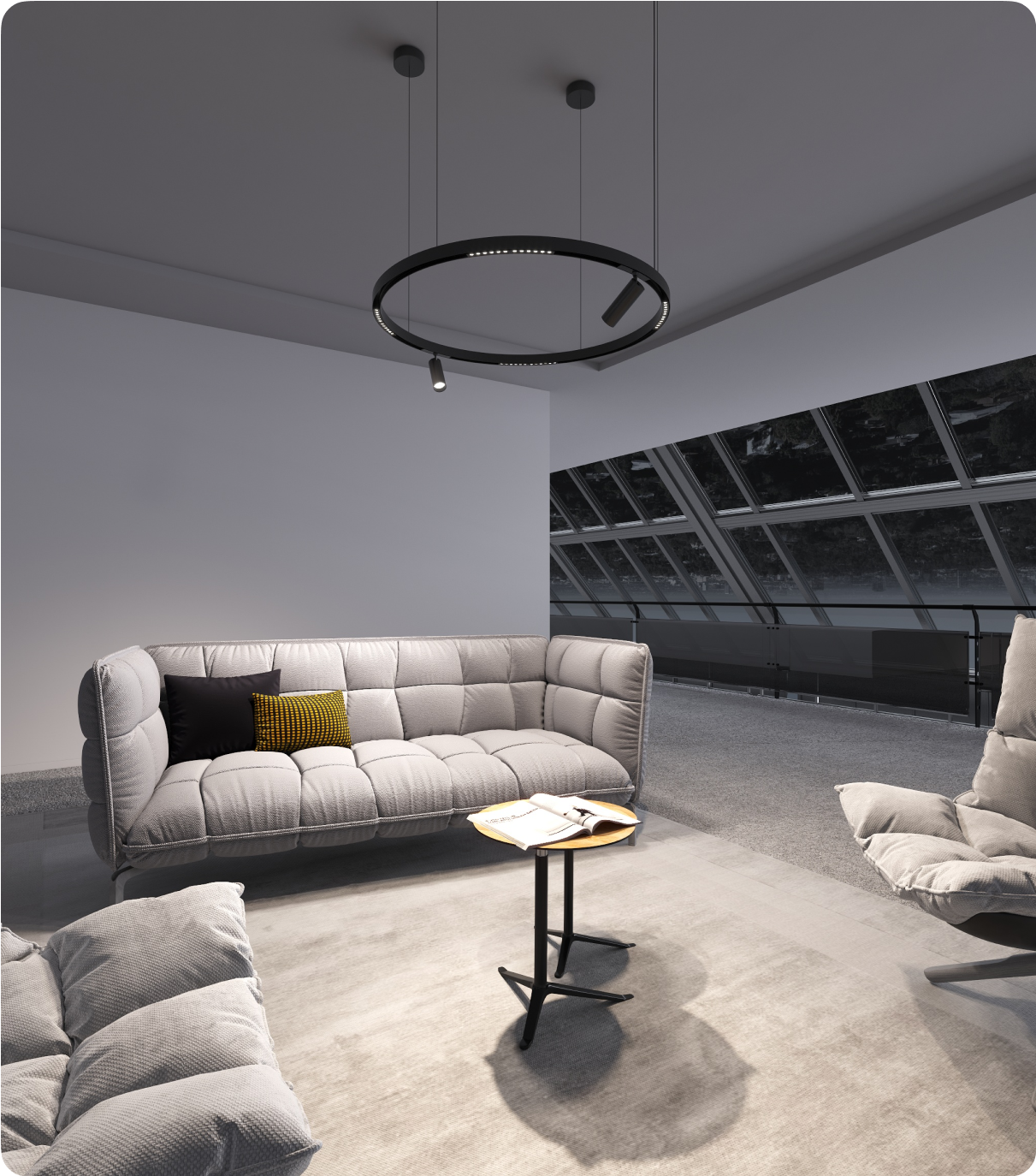When designing a doctor's office, the right lighting is crucial to create a comfortable and inviting patient environment. Properly chosen lighting can enhance the overall aesthetics of the space and contribute to a sense of relaxation and well-being for patients. In this blog post, we will explore various lighting ideas that can transform a doctor's office into a soothing and welcoming space. From warm ambient lighting to task lighting that ensures optimal visibility, we will discuss how to strike the perfect balance between functionality and ambiance. Let's dive in!
How to Provide Proper Lighting for a Doctor's Office
Add Natural Lighting
One of the key advantages of LED Lights Direct is its ability to replicate natural sunlight closely. By adjusting the settings of LED Lights Direct, you can easily create different lighting effects throughout the day. For example, you can set the lights to emit warmer illumination in the morning to mimic the gentle glow of sunrise and then switch to cooler light temperatures in the afternoon to simulate midday's bright and crisp light. This dynamic lighting capability adds a touch of natural beauty and variability to indoor environments.
Furthermore, LED Lights Direct offers a wide range of customization options. You can adjust the brightness, color temperature, and even the direction of the light to suit your specific needs and preferences. Whether you want to create a cozy and warm ambiance or a bright and energizing atmosphere, LED Lights Direct provides the flexibility to achieve your desired lighting effects.
Use Neutral Color Temperatures
When setting the tone of your medical office lighting, the color temperature of your lighting plays a crucial role. It is essential to carefully consider the right color temperature, as it can significantly impact the overall atmosphere of the space. Opting for a warm white can give the office a cozy and inviting feel, but it may also make the space appear unprofessional and dull. On the other hand, a cool white can create a bright and energizing environment. Still, it may also make the office feel too clinical and impersonal, potentially making your patients uncomfortable.
Finding the right balance is important. Choosing a color temperature of around 3500K can create a warmer and more welcoming atmosphere in your office. This can help your patients feel more at ease and comfortable during their visits. However, if you prefer a brighter ambiance that promotes a sense of alertness and focus, opting for a 4000K option might be the way to go. This cooler color temperature can provide a refreshing and energizing atmosphere, which can benefit your patients and your staff.
Select the Right Position
Proper positioning of lights is just as vital as their brightness and color. It is of utmost importance to carefully consider the placement of lights to prevent any potential glare or distractions. One effective solution for doctor's office lighting is to utilize overhead ceiling lights, particularly downlights, as they offer a seamless and uniform distribution of light. In addition to ceiling lights, another option to enhance the overall lighting design is to incorporate wall lights, which can provide accent lighting. Furthermore, desk lamps can be utilized for task lighting, ensuring that specific areas are well-illuminated for various tasks. Lastly, pendant lamps can serve as statement pieces in the reception area, adding a touch of elegance and style to the overall ambiance.
Install Diffusers
Diffusers are an excellent solution for achieving the right color temperature without overwhelming brightness that can cause discomfort. They consist of filtered lenses that cover lamps and create a soft light beam, which helps create a pleasant and relaxed atmosphere. By using diffusers, you can effectively control the intensity of the light in your space, ensuring that it is not too harsh or glaring. This is especially important when maintaining a well-lit environment, as the lamps used can often be quite brilliant. However, when these lamps are installed together, the resulting brightness can be too intense and overwhelming. By incorporating diffusers into your lighting design, you can ensure that the illumination reaching the eyes of your patients is gentle and soothing, creating a more comfortable and inviting space for them.
Why Choose LED Lighting?
Supports Circadian Rhythm
The human body operates according to a natural rhythm known as the circadian rhythm, which controls the release of hormones for sleep and activity based on light color. When exposed to warm, white light in the morning and evening, the body releases melatonin, a hormone that induces sleepiness. However, bright, cooler light during the day suppresses melatonin production and increases serotonin levels, promoting alertness and activity.
In a hospital environment, it is beneficial to replicate the bright, cool light of the midday sun as it has been shown to enhance alertness among both healthcare workers and patients. By avoiding melatonin production, this type of lighting can help reduce fatigue. Conversely, using warm lighting can increase the likelihood of workers experiencing drowsiness, which can negatively impact their performance. Therefore, implementing LED lighting, which emits a cool, white light, can significantly contribute to keeping healthcare workers alert and focused on their tasks.
Energy Efficiency
Medical lighting fixtures offer significant energy efficiency benefits compared to traditional lighting options. As a result, they waste less energy as heat because they convert more electrical energy into visible light. Doctor's offices and healthcare facilities benefit from this efficiency by consuming less energy and paying lower electricity bills.
Compared to traditional lighting sources, LED lights have a longer lifespan. Compared to incandescent bulbs, they can last up to 25 times longer. The extended lifespan of LED lights means fewer replacements and less maintenance, resulting in additional energy and cost savings.
Boost Productivity
LED lights provide a consistent and even distribution of light, eliminating any direct glare that could cause discomfort or irritation for medical staff. This ensures a comfortable working environment and allows them to effectively assess the patient's condition, read medical charts, and administer appropriate treatment. Moreover, LED lights offer the flexibility to adjust the intensity or brightness according to the specific needs of the medical staff. For example, dimming the lights during delicate examinations can significantly enhance visual contrast and alleviate eye strain. LED lights contribute to medical professionals' overall efficiency and productivity by enabling customization and adjustment, allowing them to provide optimal care.
Reduce Hazards
There are two ways that medical LED lighting can impact the human body — either visually or physiologically. Pre-existing conditions or illnesses can lead to decreased vision, and that could, in turn, increase the potential for dangerous slip-and-fall accidents. Additionally, flicker from traditional lighting could increase employees' sensitivity and is tied to fatigue or obstructed vision that may directly impact the care they provide. LED lighting can offer optimal lighting and even help reduce facility liability.
LED fixtures can reduce health risks as well. Studies show that incandescent and fluorescent lighting can emit harmful UV rays: "Increased use of fluorescent lighting as a climate change mitigation strategy may increase eye disease." This traditional lighting also contains the toxin mercury, which can be released should a bulb break, and requires an extensive and complex clean-up process to avoid exposure.
